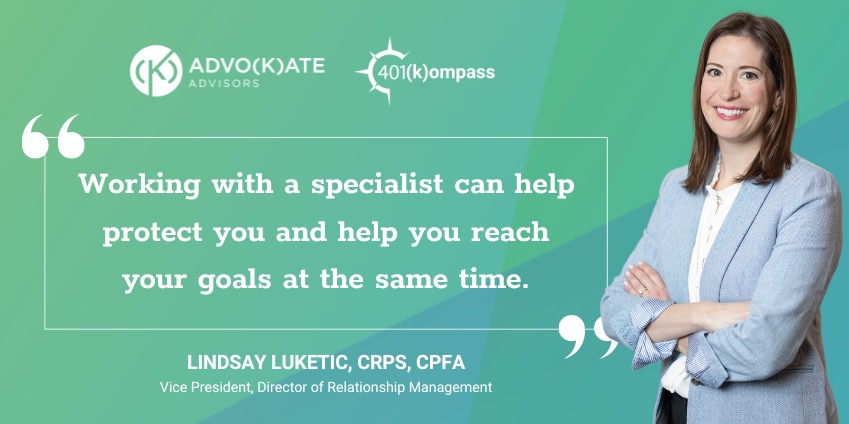Retirement represents a major turning point in one’s life. One factor that
remains, regardless of this new chapter in your life, is the presence of taxes.
If you’ve followed the advice of retirement plan advisors, you should already
be saving in tax-advantaged retirement accounts. Taxes are deferred in these
accounts until you take money out in retirement. Taxes on income from other
sources, such as Social Security, pensions, and earnings from part-time
employment, can potentially be an issue for you. Considering these
variables, it makes sense to develop a customized retirement income plan.
When should you start taking Social Security benefits? The benefits are
increased by delaying withdrawals, ideally until age 70. However, keep in
mind that if your annual income is more than $34,000, you may be required
to pay taxes on a significant portion of your Social Security income, up to
85%.
Understanding your tax bracket in retirement is crucial. Since there is a
chance that the tax bracket will drop, it is critical to track income levels from
Social Security, pensions, and annuities as well as withdrawal amounts to
make sure you don’t accidentally move into a higher bracket.
Figure out your withdrawal sequence. Generally, you should take your
withdrawals in the following order:
1. Start with your required minimum distributions (RMDs) from retirement
accounts since you’re already required to take these.
2. Move on to taxable accounts, where you will need to manage them
carefully due to tax implications.
3. Next, tap into tax-deferred retirement accounts (e.g., IRAs, 401(k)s,
403(b)s), acknowledging the accompanying income tax implications; do this
before touching Roth accounts.
4. Finally, withdraw from tax-exempt retirement accounts like Roth IRAs or
401(k)s. Saving these accounts for last allows you to take withdrawals
without tax penalties and can also be used for estate planning purposes.
Navigating these factors can be complicated, consulting with a tax
professional can help you apply these tax tips to your own financial situation.
This will allow you to evaluate different strategies and identify which ones
can help you minimize the taxes you’ll have to pay on your savings and
benefits.

